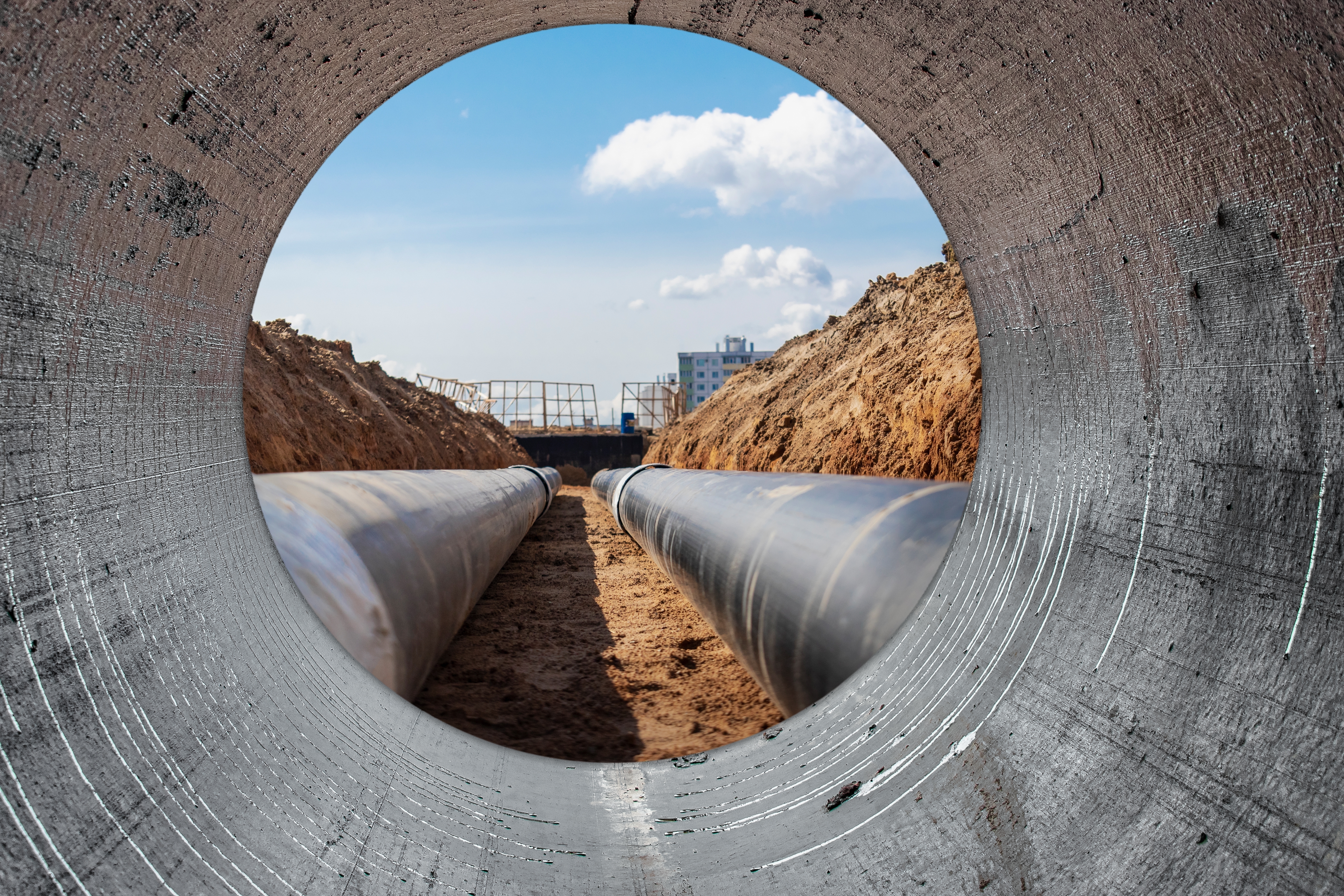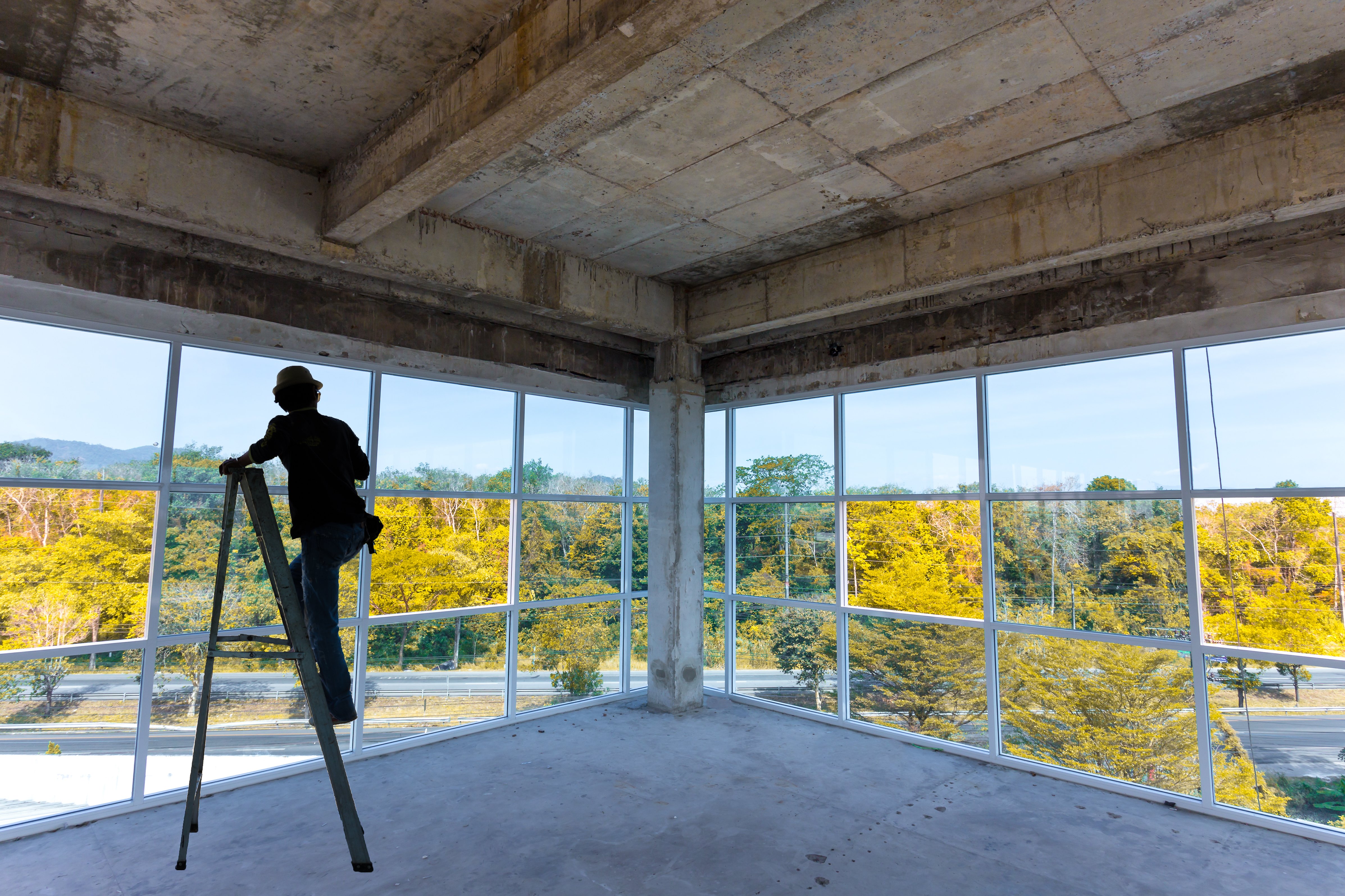KEY POINTS
-
After a weak start to 2025, Construction Starts saw a strong second-quarter rebound with year-to-date (YTD) through the end of June: Total Nonresidential Spending up 9.3%, Civil up 6.5%, and Nonresidential Building higher by 11.5%.
-
Despite promising nominal growth, roughly half of 2025’s construction spending gains are inflation-driven, as key material costs, like steel and copper, have risen sharply, reversing 2024’s deflationary trends.
-
New and increased U.S. tariffs on metals and imports from countries like China and Taiwan are expected to raise construction input costs in the second half of 2025, especially for copper-, aluminum-, and steel-heavy products.
Construction Starts Spending Shows Signs of a Turnaround in 2025
Construction Starts spending through the first half of 2025 can only be described as a turnaround story. After beginning the early months and first quarter of the year, 20 to 30 percent below year-ago levels, and with market disruptions seemingly coming from every direction, there was substantial concern that 2025 would be a difficult year for construction.
Yet monthly results in the second quarter greatly exceeded expectations. Starts in April and May reported explosive Nonresidential spending with year-on-year growth of 22.7% and 27.7%, respectively. These recent gains and those in June sent YTD Total Nonresidential Spending up 9.3%, Civil up 6.5%, and Nonresidential Building higher by 11.5%.
Nominal Gains Mask Underlying Cost Pressures
Such headline figures point to significant and encouraging nominal growth for the industry; however, a rising proportion of this growth is being generated by inflation and not simply heightened demand. In the YTD period through May, steel mill product and copper product prices increased by 17.8% and 7.0% according to the Bureau of Labor Statistics.
The Bureau’s composite index of construction material prices over the same period has risen by 5.8%, after being slightly negative throughout most of 2024. Such price rises suggest that around half of the year’s starts gains can be attributed to inflation rather than additional physical construction.
 Image: ConstructConnect Construction Economy Snapshot
Image: ConstructConnect Construction Economy Snapshot
Metal Construction Products Likely to Feel the Bite of New Tariffs
In the second half of 2025, we expect the impact of U.S. tariffs to become more apparent in construction-related import prices and overall costs, especially for those building materials with high metal content.
The value of insulated wire and cables, of which $31.2 billion were imported last year, is substantially derived from the value of the copper and aluminum they are made from. This makes them highly exposed to the latest 50% tariffs on metals and Section 301 China import duties.
Electrical switchboards and panels, of which $19.8 billion were imported last year, also face similar risks due to their copper, aluminum, and steel content. Steel-intensive imports such as structural components, fasteners, and flat-rolled steel are also vulnerable, and particularly those imported from countries like China and Taiwan.
Canadian softwood lumber is subject to a 14.54% tariff, with proposals to more than double that rate. In short, metal-heavy imports, especially from China, are among the most exposed to upcoming tariff effects.
Read the Construction Economy Snapshot for more details on construction labor, trends, and regional analysis.








